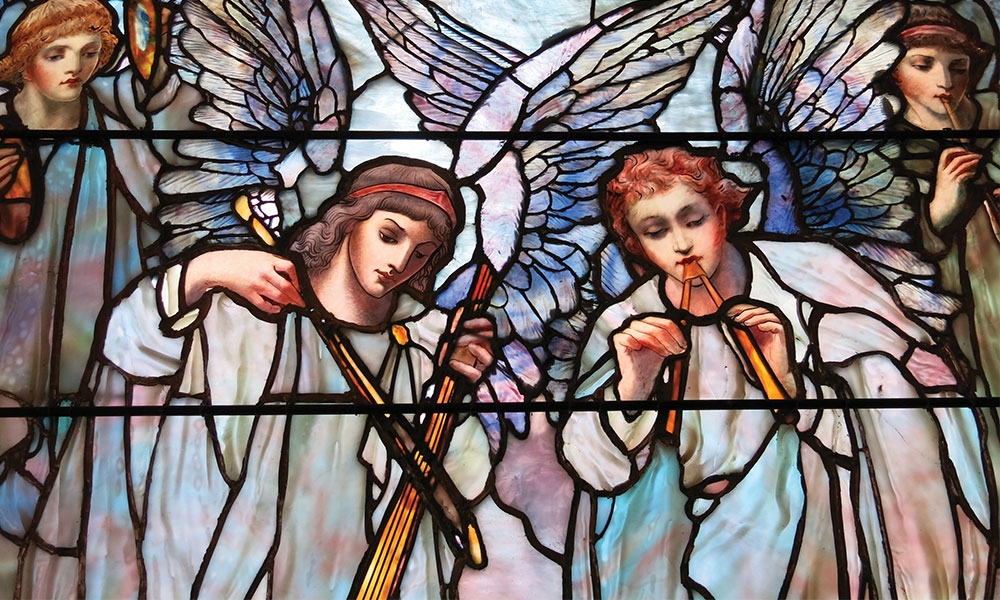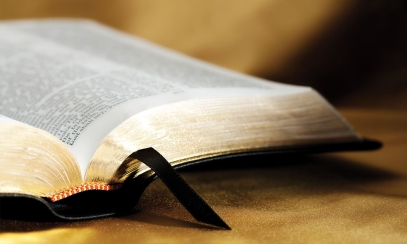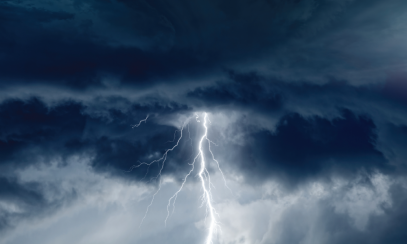
The angels among us
DEAR FATHER KERPER: A few months ago I heard a priest say something about angels participating in every Mass. I never heard this before. Is this just his pious opinion? And if it’s true, what’s the point of it?
DEAR FATHER KERPER: A few months ago I heard a priest say something about angels participating in every Mass. I never heard this before. Is this just his pious opinion? And if it’s true, what’s the point of it?
The priest you mentioned did indeed speak the truth: in a sense angels do “attend” every Mass as well as other liturgical events, such as the Divine Office.
How do we know this for sure? By way of a principle called lex orandi lex credendi. Loosely translated, this means that the Church’s official prayers, especially within the Eucharist, accurately express Catholic belief.
By acknowledging the angelic presence at Mass, we can deepen our understanding of worship, thereby overcoming boredom and distraction.
To understand how angels have a positive spiritual effect on us, we need to know what they are; and what they do.
First, angels are immortal spiritual persons created directly, instantaneously and simultaneously by God. In other words, God brought them all into existence by a single divine act; their numbers neither grow nor diminish. Being pure spirits with intellect and free will, they have no bodies.
Second, all angels have one permanent task: the ceaseless and collective worship of God.
When we hear the word worship, we may tend to think of it negatively, perhaps even as the enslavement of inferior creatures to Almighty God. This misses the true point. Rather than enslaving us, genuine worship actually liberates us and lifts us up toward a personal and life-giving friendship with God. How so?
St. Thomas Aquinas, the 13th century priest and Doctor of the Church, explained worship in a dazzling way. He made two points.
First, he said that worship “consists in the soul being united with God by the intellect and affections.” Worship, then, actually draws the worshipper into a loving union with God. The one who worships, whether angelic or human, becomes more and more God-like.
Second, St. Thomas described worship as “gazing on the Divine Truth Itself.” Here’s what happens.
Human beings “know” other people primarily through their faces, which wordlessly express moods, character, emotions and so forth. In the act of worship, persons, whether angelic or human, “gaze” upon God. This causes them to grow in the love and knowledge of God. As they become ever more familiar with God through “gazing,” God transforms them, allowing them to become God-like. Worship, then, is not a passive and static “looking” at God. Instead, it sanctifies us.
Here we discover what the angels do for us. They act as a massive congregation of worshipping spirits. Moreover, human beings enter the single unified choir, which consists primarily of angels. Two prayers used within the Mass clearly support this astounding image.
First, we have the Sanctus, one of the oldest prayers continually used at Mass. Almost everyone knows it by heart:
Holy, Holy, Holy Lord God of hosts.
Heaven and earth are full of your glory.
Hosanna in the highest.
Blessed is he who comes in the name of the Lord.
Hosanna in the highest.
The first two lines come from Isaiah, who describes how the seraphim – the fiery angels – ceaselessly glorify “Yahweh Sabaoth” seated on the divine throne in heaven (cf. Is 6:3). These sung words also appear in Revelation 4:8.
Father Joseph Jungmann, S.J., the great liturgical scholar, stressed that the Sanctus was almost always and everywhere sung by the priest and people from earliest times. He clearly affirms that angelic and human voices do indeed merge together in a single, unified and continuous action of worship, an act that joins heaven and earth together.
Even more important, the Church’s official prayer reinforces what Father Jungmann taught. We find this expressed in every eucharistic preface in the Roman Missal. Though the words may differ somewhat, the core element remains: angels and humans are urged to glorify God together by singing.
Second, most Masses celebrated on Sunday and the greater feasts include the Gloria. This hymn, which begins with the brief hymn sung by the angels on Christmas morning (cf. Luke), settled into its current form about 1500 years ago. Its position within the first part of Mass stresses that the angels are present from the very outset, not just at the consecration.
This beautiful belief about angelic participation in worship has great importance today because many Catholics feel alone when they go to Mass. However, if we truly believe what the Church “prays to be true,” then we must see the whole reality, not just the visible. And so we may ask: “How many angels are out there in the empty pews?”
Though the Church offers no definitive teaching here, St. Thomas Aquinas proposed a well-grounded opinion. He wrote: “It must be said that the angels, even inasmuch as they are immaterial substances, exist in exceedingly great number, far beyond all material multitudes.”
When we worship, whether in a grand cathedral or a humble country church, we must open our eyes to the invisible spiritual beings who surround us with love, active concern and benevolent protection.
Moreover, as these angels gaze upon God face to face, they simultaneously pray for us that we, like them, will see what they see – God in the fullness of unveiled glory.
This article originally appeared in the May/June 2020 issue of Parable magazine, the magazine of the Diocese of Manchester, NH. Used with permission.
Father Michael Kerper is the pastor of St. Patrick Parish in Nashua, NH.


